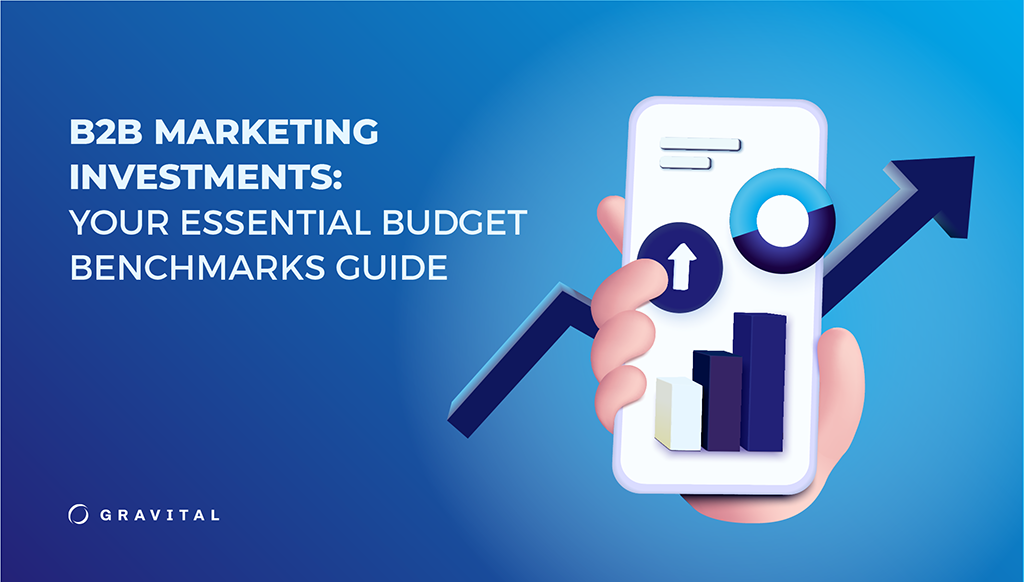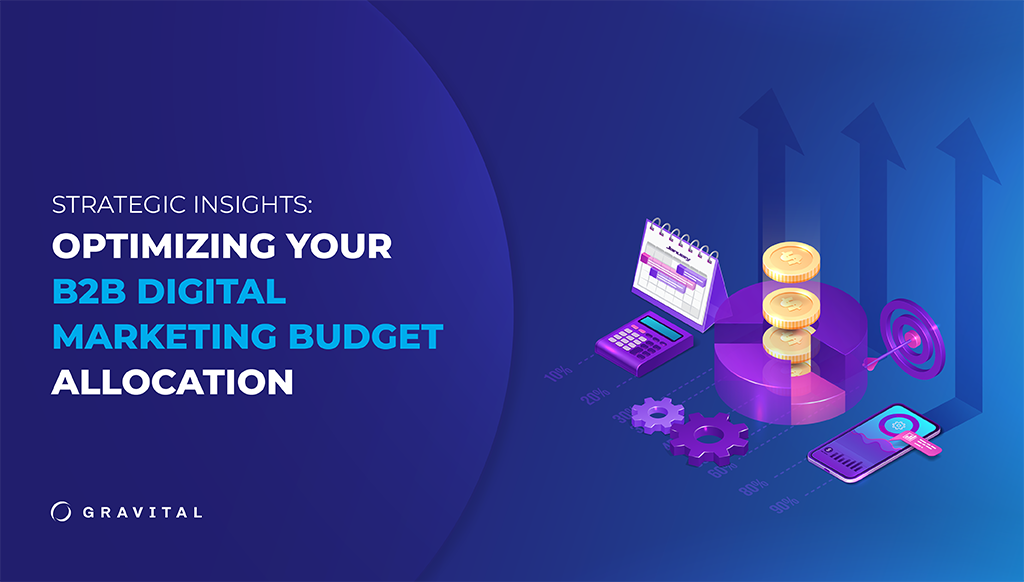I by choosing the right digital marketing channels for your business.
With so many digital channels these days, where should you invest your marketing budget? Which channels deliver a higher return on investment?
Determining how to spend your digital marketing budget can be a daunting task. Focusing on the wrong channels can waste your time and money and rob your business of the potential growth and revenue that come from focusing on the right channels.
It’s About ROI
A digital marketing campaign can be a success in many ways, but the bottom line is return on investment (ROI). Achieving a high ROI over the short and long term is the very definition of success in digital marketing.
Companies new to digital marketing have a tendency to spread themselves too thin, investing in as many channels as possible rather than assess which channels are more likely to generate the highest ROI and focus their efforts on those channels. Using digital marketing analytics companies can make informed decisions (about budget, channels, strategy), maximize results and increase ROI.
What Is Digital Marketing ROI?
Digital marketing ROI is the measure of the profit or loss generated by digital marketing campaigns. A positive return means your campaigns are bringing in more money than you’re spending on them.
ROI shows you whether or not your digital marketing strategy is on the right track. Without this measurement, you would be throwing money into campaigns and hoping for the best, never knowing what worked, what didn’t work, and how to best allocate your budget.
Selecting the Right Metrics to Measure ROI
Selecting the right metrics to measure ROI is critical for the long-term success of your digital marketing strategy. Using sales revenue as a metric is not complicated, but not all digital marketing efforts are focused on direct sales. Some channels, such as content marketing, aim to boost brand awareness or nurture customers through the buyer’s journey before making a sale.
Steps to Metric Selection
- define primary goal
- choose one metric
- assign value to metric
Is your digital marketing strategy designed to generate leads, increase brand awareness, engage customers in social media? While you may have more than one goal, you need to define a primary goal and a single metric you can use to track it.
If your goal is to generate qualified leads, then your metric would be the number of qualified leads captured. Other metrics, such as website visits, while important would not be included in your ROI calculation because they did not directly contribute to your primary goal.
Once you select a metric, you need to assign a value to it. But how much is a share on social media worth or a website visit? Your sales and marketing teams, as well as the digital marketing agency you’re working with, can help you calculate these values.
A simple example: for a digital marketing campaign whose goal is to increase website traffic, the metric would be unique visitors; spending $1,000 on ads that send 10,000 people to your website means your ROI would be 10,000 visits divided by $1,000, or 10 visits per dollar.
Highest ROI Digital Marketing Channels
Now that we’ve covered some ROI basics, let’s look at the digital marketing channels that usually generate the highest ROI.
Email Marketing
Email marketing has the reputation for being the highest ROI digital marketing channel. Emails are an effective way to connect with customers, build subscriber lists, earn repeat business and build brand loyalty. This channel works better for businesses that sell high-ticket products and those with strong sales departments that can follow through with prospects and customers.
SEO
Search engine optimization is a powerful digital marketing channel that, when done correctly, delivers higher ROI. SEO optimizes your website to improve organic search rankings with the hope of increasing sales. SEO also enhances brand awareness and brand authority.
SEO is extremely competitive: there’s only one No. 1 position for any given keyword in the world. It takes time and money to develop SEO, so it’s better to work on it while using other channels. SEO typically achieves good results for established companies that produce a significant amount of content.
Paid Search and PPC
Search engine marketing (SEM) uses paid tactics to position companies on the first page of search results. SEM offers increased visibility, precise targeting, higher quality leads, audience development and trackable, usable, detailed data. SEM works well for new and established companies seeking to reach prospects with buying intent.
Paid search focuses on specific search terms and targeted audience profiles. Pay-per-click ads (PPC) works with tools such as Google AdWords, which helps you research keywords and choose the most effective ones for your campaign, and Google Analytics, which allows you to see what visitors do after reaching your website.
Social Media Marketing
Social media networks such as Facebook, Instagram, Twitter and LinkedIn enable brands to build relationships with their prospects, followers and customers by facilitating two-way communication with them. This channel is an effective way to reach audiences that may be unreachable through other channels.
Social media marketing commonly is used in combination with other channels to amplify campaign efforts. Both organic and paid social media marketing are extremely valuable to companies seeking to attract and engage consumers.
Content Marketing
Everything you see on the Internet—webpages, videos, blog posts, etc.—is content. Content marketing provides numerous ways to drive website traffic, reinforce brand awareness, and fortify brand loyalty.
Content marketing focuses on providing value to consumers, thus building trust and loyalty among them and increasing conversion rates. Producing valuable content takes time, but it’s worth the effort. Every piece of content you produce provides enduring value for your brand in terms of online real estate and website traffic.
Would you like to learn more about digital marketing ROI? Give us a call. We can help you with every aspect of your digital marketing efforts—from creating a customized strategy for your business, to implementing that strategy, measuring its performance and adjusting tactics to maximize your ROI


